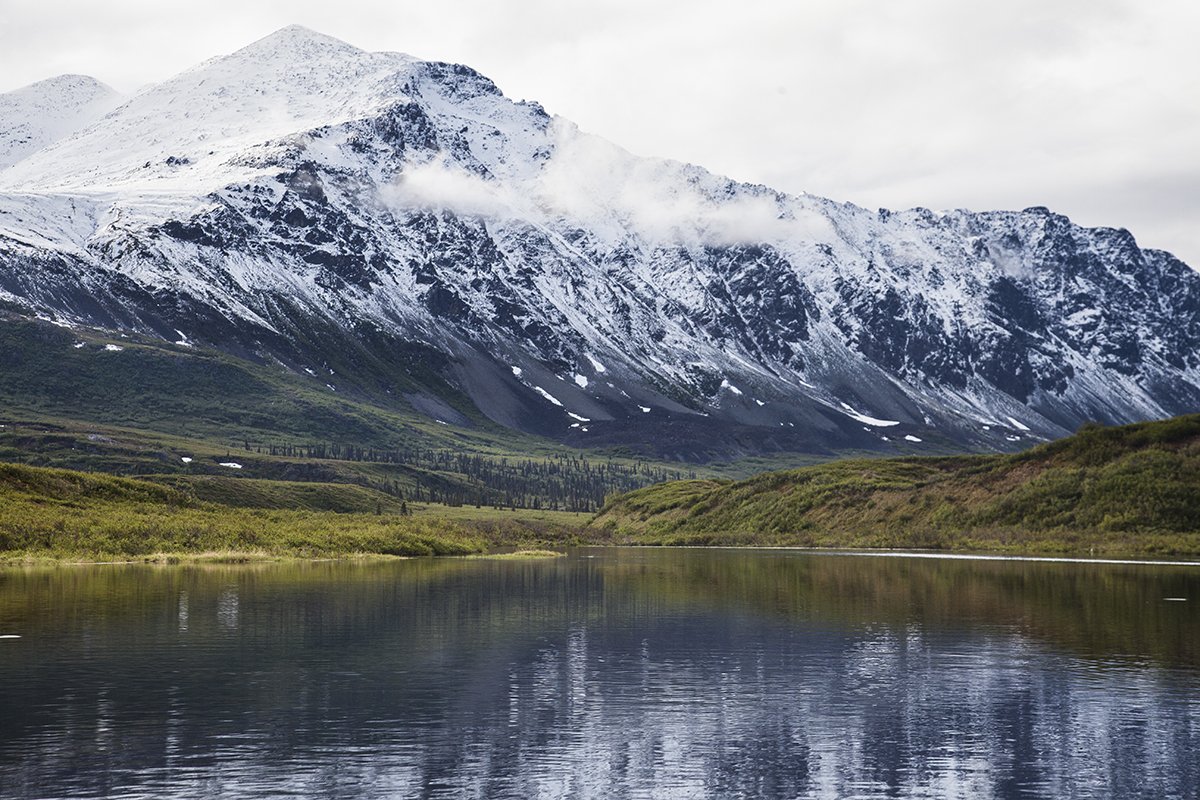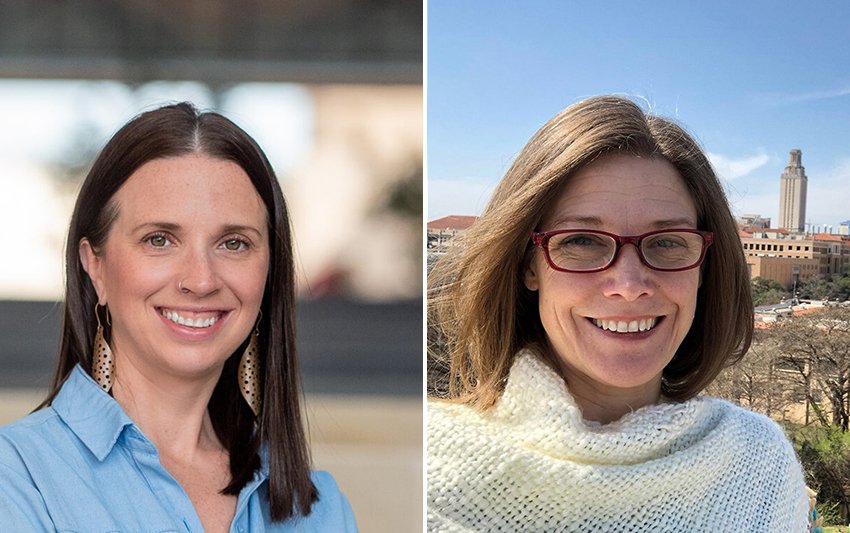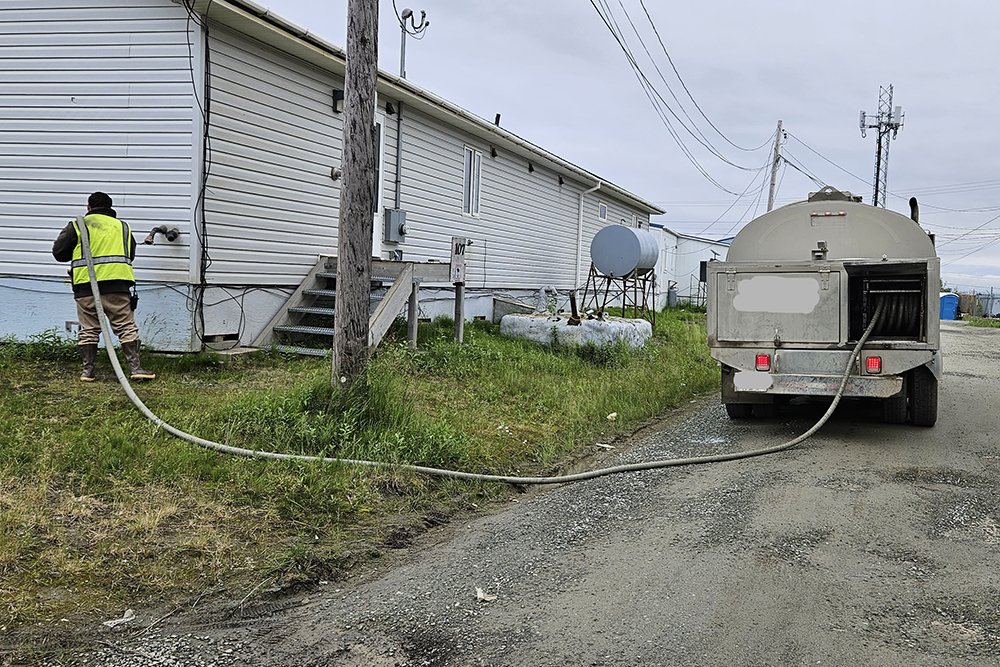Feature Stories
Jorge Salazar
Sights & Stories
Alaska water access improvements through language processing

Thousands of Alaskans struggle with basic access to safe water. Most of Alaska’s 280 vibrant rural communities can only be reached by plane or boat, with about 22 percent of households lacking running water and sewage.
A new research project is underway aimed at informing engineered solutions with direct experiences from people living in rural Alaska.
Kasey Faust, an associate professor in the Department of Civil, Architectural, and Environmental Engineering at UT Austin, leads the project as the principal investigator.
“Through this work, we hope to leverage local knowledge for the better provision of water services in really hard to reach places with unique operating environments,” Faust said. “We are exploring methods to support the operations and management both through the formal workforce, as well as through practices households can lead.”

The project looks at how to better provide water services to rural communities with workforce capacity gaps and supply chain challenges, which are primarily indigenous communities.
Project researchers have completed three field trips to the Yukon-Kuskokwim Delta region of Alaska and conducted extensive data analysis. They are in the middle of a water quality sampling campaign to examine end-user management options to improve water service in households. This was informed by two years of data collection.
In some rural Alaska communities, residents receive potable water through hauled delivery, rather than pipes. PhD student Michaela LaPatin spent her time in Alaska this summer learning from the water and sewer truck drivers in one of the larger communities, where drivers haul 3,400 gallons of water at a time.
City leaders and water truck drivers discussed the challenges associated with water hauling: harsh weather, long work hours, and workforce attrition.
“In response, we are preparing a reference manual for drivers in the form of ‘Graphic Guides.’ These graphic novel-style manuals will include essential lessons for drivers about safety, maintenance, and customer interactions,” LaPatin said.
In addition to working with drivers, the researchers are also interested in understanding what the end-user’s experience is with hauled water.
“We spent last summer interviewing people throughout Bethel and the YK Delta about what they liked and disliked about their hauled water systems and we heard discussion about what the water tastes and looks like,” said Nikki Ritsch, a PhD student in Engineering and Public Policy at Carnegie Mellon University.
In response, researchers spent the summer of 2023 conducting a water quality sampling campaign of the hauled tanks in Bethel.
What’s more, anonymized text from interviews with community members is being analyzed using natural language processing (NLP) that maps the semantics between knowledge domains using the Site & Stories application, co-developed by Suzanne Pierce, a research scientist in the Decision Support Systems Office at TACC.

“We’re exploring ways to combine qualitative approaches from social science together with machine learning approaches, particularly NLP, to understand from the lived experience narratives what the problems are that communities are facing,” Pierce said.
“With all of the advances that we’re seeing in large language models right now, we’re at a real game-changing moment,” she added, referring to the example of the new Llama 2 large language model released in July 2023 by Meta (Facebook).
TACC brings a couple of things to the table in this project. One is that anonymized information can be included and stored on TACC’s Corral storage and collection system, which is designed to store sensitive data. Corral allows researchers to build a larger collection of these kinds of texts where researchers can add interview information.
Pierce has also used the Domain Information and Vocabulary Extraction (DIVE) project, developed at TACC, to analyze how the infrastructure was set up on TACC systems. Originally, DIVE was developed to extract words and phrases from science publications using deep learning to pan for important keywords.
“We’re hoping that Sites & Stories will be able to leverage some of the infrastructure design from DIVE when we get ready to scale the application up,” Pierce said.
The water project isn’t just about finding engineered solutions, but also finding ways to communicate between the engineering field and the communities to bridge knowledge and culture.
Project scientists have completed a collection of a large corpus of grey literature from federal, state, regional, and local organizations that are related to Alaska’s water conditions.
“We’re also using NLP to understand the engineering texts so that we can find hooks that we can connect back to the way that the communities talk about their water and access,” Pierce added.
“The extreme climate, unique operating environment, lack of workforce, and the remoteness of communities create additional complexity that cannot be ignored,” Faust concluded.
This water project was identified out of a needs assessment conducted as part of a larger project called “NNA Track 2: Collaborative Research: Water Infrastructure in the Arctic: Vulnerabilities at the Intersection of Social, Natural and Physical Systems,” which is funded by the National Science Foundation, award #2022666.
It is one of the NSF’s 10 Big Ideas seeking to document and understand the Arctic's rapid biological, physical, chemical, and social changes.

